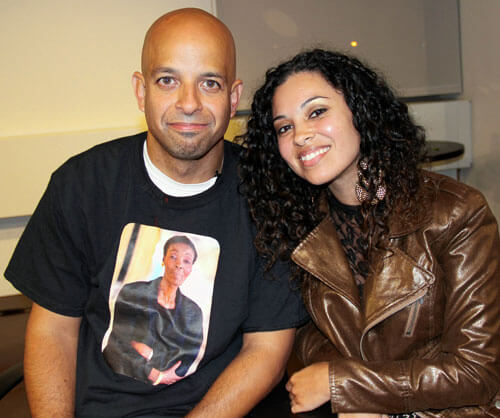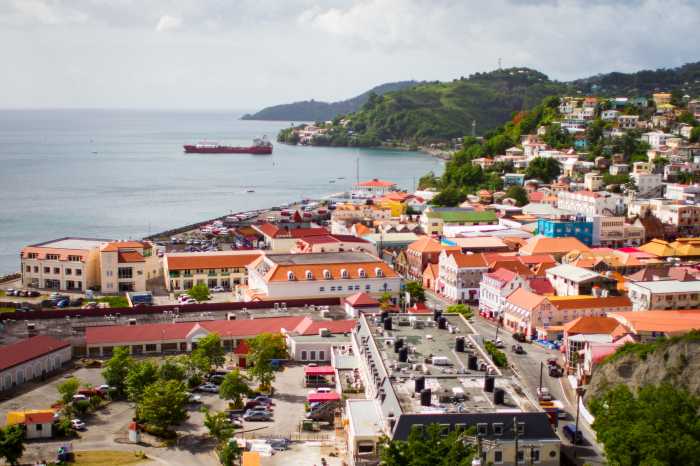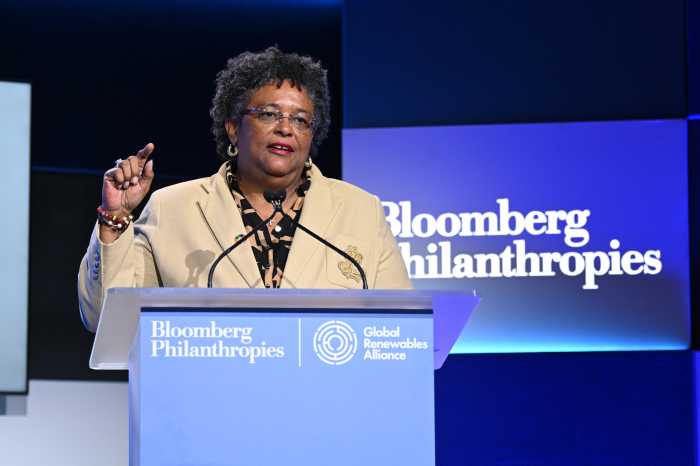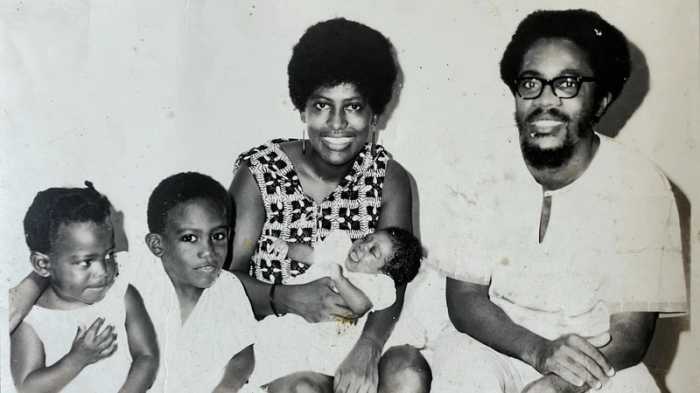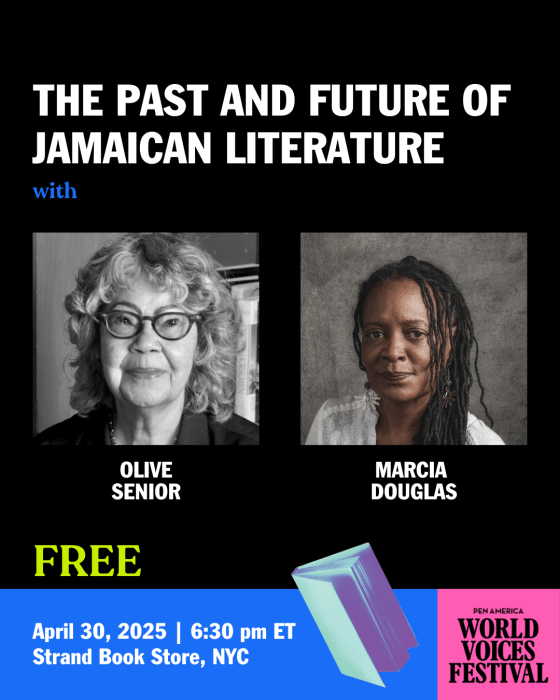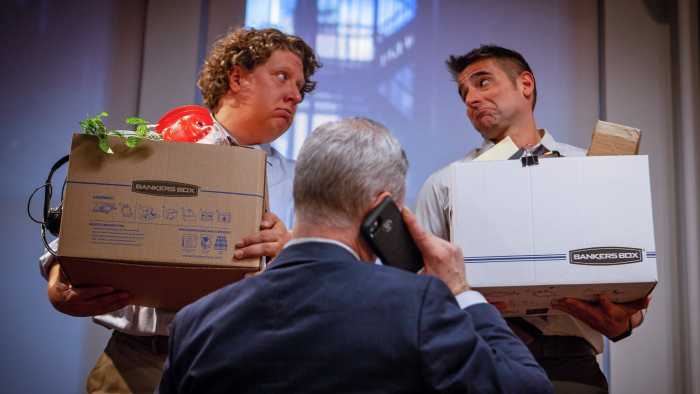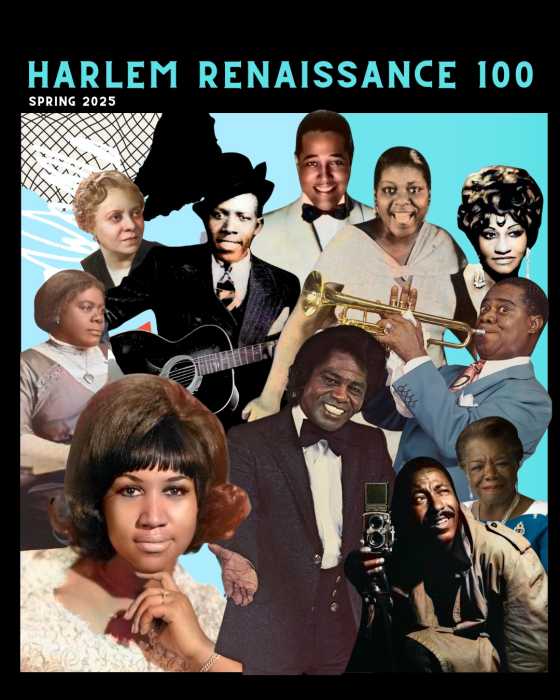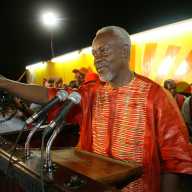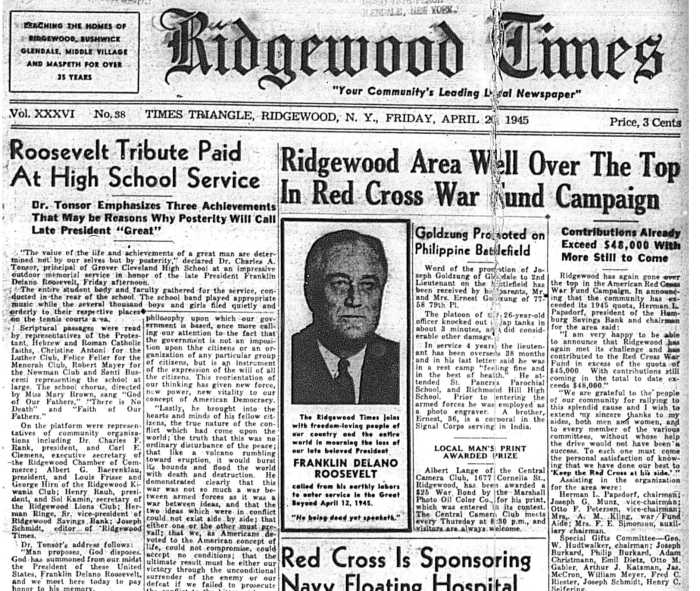If ever one word in the Americas typifies genocide, it’s the Spanish word for parsley: perejil, with its trilled “r”. Seventy-seven years ago, Dominican soldiers carried out a massacre of Haitians at the northern border of the Dominican Republic and Haiti under the orders of President Trujillo.
Suspected Haitians were identified from black Dominicans when asked to say “perejil”; Haitian Creole was their first language and they could not pronounce the “r”. The Parsley Massacre killed more than 20,000 Haitians in five days in October 1937.
While populations on both sides of the border, particularly those living in other parts of either country, never knew or have forgotten of this horror, the massacre has been the subject of writers and scholars.
It is a main theme in MacArthur Fellow Edwidge Danticat’s “Farming of the Bones,” in the work of René Philoctète (Massacre River), and Pulitzer poet Rita Dove’s Parsley.
Dominican-American writer Julia Alvarez (A Friendship in Haiti) had the vision and is one of the founders of Border of Lights, an annual gathering at the northern border, Ouanaminthe, Haiti and Dajabón, Dominican Republic. Border of Lights supports a people’s movement of collaborative projects, working toward a peaceful future between two the two nations.
Co-organizer of Border of Lights, Assistant History Professor at John Jay College Edward Paulino is a first generation American, raised in the Lower East Side, whose parents came from the very rural Dominican Republic.
On Saturday, Sept. 20, at the Alianza Dominican Cultural Center, Paulino performed the one-man, 20-minute “Eddie’s Perejil,” his coming-of-age trajectory. Wearing a black tee-shit emblazoned with a prominent photo of Sonia Pierre, the performer enters a simple set: a memorial candle, a jar with a bunch of parsley, a guitar, and the Dominican flag draped across a chair. These are all the props he needs to tell his story.
With love and humor he shares his life growing up in the projects–often needing to be tough. He is a New York Dominican. A bit later, he travels to the Dominican Republic where, no longer the outsider, he finally feels at home. He finds that he loves his ancestral homeland, but then, he acknowledges he is granted undeserved privilege because he is light-skinned.
While doing research, later, he discovers that this country that he has embraced with his heart had perpetrated the most heinous crimes, singling out Haitians and massacring them. There is shameful blood on the Dominican flag. In his subsequent research, Paulino speaks with some of those, now, old men, who participated in the massacre.
The theatrical piece ends by lighting memorial candles, a lighter passed one-to-another audience member. The tempo has slowed; the mood of remembrance is solemn.
History is written or intentionally not written by people. Eddie’s “Perejil” offers a chance to visit that event and to experience the mixed emotions of a personal, which could be a national, self-discovery.
The one-man show is the directorial debut of Samantha Galarza, actress/writer and poet. Following the performance, she, Paulino, and community leaders, Angela Fernandez of the Northern Manhattan Coalition for Immigrant Rights, Claudia De La Cruz, founder of Da Urban Butterflies participated on a panel moderated by Mino Lora of the People’s Theatre Project, one of the presenters. There was a brief Q&A. This playlet is an important point of departure for discussion at examining relations then and now between the two countries.
Edward Paulino teaches classes from global history to history of genocide at John Jay College. His manuscript on the role of the Dominican state in creating a racial border against Haiti is being published next year. He is a member of the International Association of Genocide Scholars and the John Jay Human Rights minor. He is co-organizer of Border of Lights, a five-day commemorative event along the border. The vigil, held along both sides of the river that separates the two countries takes place this year, on Oct. 3. For more information, visit http:www.borderoflights.org.



